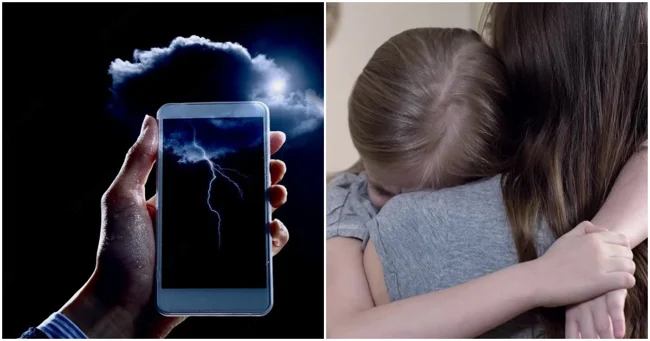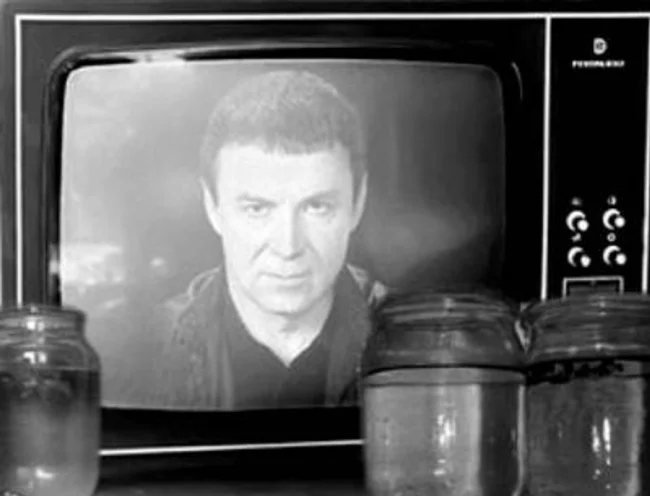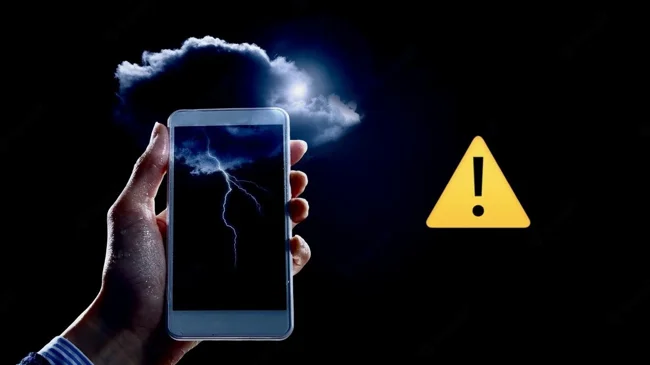Myths of the 90s and 2000s that everyone believed in (6 photos)
The 90s were a difficult period. The country was in a fever, everything was as unreliable and unstable as possible. Very often at such times, people begin to believe in almost any anti-scientific nonsense if it is spoken confidently and on TV. 
Myths have appeared, broadcast not only by the tabloid press, but even by television channels. Some of them rejected modern technology, and some gave hope for easy and quick enrichment. Both fit perfectly with the situation in the country, in terms of the level of abnormality of what was happening. So what myths were fed to the population during this period?
Cancer from the microwave 
After the tragedy at the Chernobyl nuclear power plant, information that radiation causes cancer became publicly available. But there are different types of radiation, and those that cause cancer are ionizing ones. For example, ionizing radiation at high frequencies comes from the following types: gamma rays, x-rays and a number of ultraviolet radiations. They just have enough energy to knock an electron out of an atom (that is, ionize it) and can harm DNA.
Microwaves are radiofrequency radiation and cannot ionize atoms. So, there is no way that warming boxes could lead to the development of oncology. But to professionally heat a plate until it burns, and not the food in it - yes.
HIV terrorism 
This applies more to the 2000s. Remember those stories about people who came to the cinema, sat down in a chair, groaned from the injection and found a needle on the seat and a note saying “You are infected with AIDS”.
Actually, a vivid example of why awareness is so important. HIV lives in the open air for less than a couple of minutes, and even if a needle is immersed in the blood of an infected person, it will quickly dry out and the virus will be destroyed. You can read more about how you can become infected and the latest news on HIV here. Despite the fact that there is indeed an HIV epidemic in the Russian Federation, you have to try very hard to become infected.
But articles in newspapers and posts on social networks grew exponentially and people were really panicky about getting infected. And not only in the cinema, but also in the subway, they say, “contaminated” needles are also stuck into the handrails.
Charged saving water 
How sad it was with the medical situation that people quite seriously put jars of water in front of the TV to charge them with the healing power of Allan Chumak and Kashpirovsky. The session began, Chumak sat in front of the screen and began some passes with his hands. Moreover, it charged not only water for everyone who placed the jar in front of the TV. On his tours, Chumak could “charge” cream, ointment, and even his own photo to apply to a sore spot.
And they believed, and how!
Your cell phone will die during a thunderstorm 
Probably many people heard in the days when cell phones first appeared that if you use them during a thunderstorm, they will attract lightning and it will kill you. Using the same principle, many people unplugged their home computers. Of course, this is complete nonsense. The power of high-frequency radio waves is so low that it cannot “attract” lightning.
It is much more dangerous to decide to hide from the rain under a lonely tree.
Theft of children's organs 
Abroad, this legend has existed since the 70s.
It’s as if a child left in a playroom disappears, and after a few hours, or even days, he is found there, all cut up, with a note in his hand: “Thank you for the kidney.”
Needless to say, transplantation is a much more complex process than simply cutting out an organ somewhere, almost on the outskirts of a shopping center. At the same time, there were also legends that organs were allegedly cut out almost in the gateways. And few people thought that the viability of an organ outside a person is extremely short-lived and in order for it to be suitable for transplantation, this must be done, at least in a hospital. But certainly not in a dark corner.
Tell us what other legends you know that were fed to the population in almost all media.
